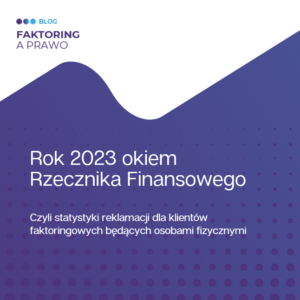More and more people are paying PIT according to a scale in order to deduct up to 10 percent of the value of an apartment each year.
The number of landlords who prefer to pay tax according to a scale rather than a lump sum is growing. They can choose between two ways of accounting: a flat rate on income (at rates of 8.5 and 12.5 percent) or a PIT under the general rules (at rates of 18 and 32 percent). More and more people are finding it more advantageous to pay tax according to the scale, as they can then deduct deduct deductible expenses. They also avoid disputes with the tax authorities, especially if they rent out several apartments. This is because it happens that the treasury questions the flat-rate settlement of as few as three apartments.
We are seeing two important trends. First, more and more people are paying tax on rent. Second, more and more landlords are opting for a tax scale settlement. The number of people who choose a tax scale settlement to take advantage of the individual depreciation rate is increasing.
In many cases, accounting for rent on a general basis is more cost-effective than a lump sum. This is especially true for apartments bought on the secondary market and on credit. The landlord can pay minimal tax thanks to the ability to deduct interest on the loan or depreciation allowances, up to 10% of the value of the premises per year. However, he should first make a calculation. It should also be remembered that 10 percent is the maximum depreciation rate. There is no obstacle to adopting a rate of 3 or 7 percent. Besides, the use of depreciation requires keeping records. As of January 1, 2018, premises received as a donation cannot be depreciated as a rule, except in cases where there is an opportunity to continue depreciation under certain rules.







